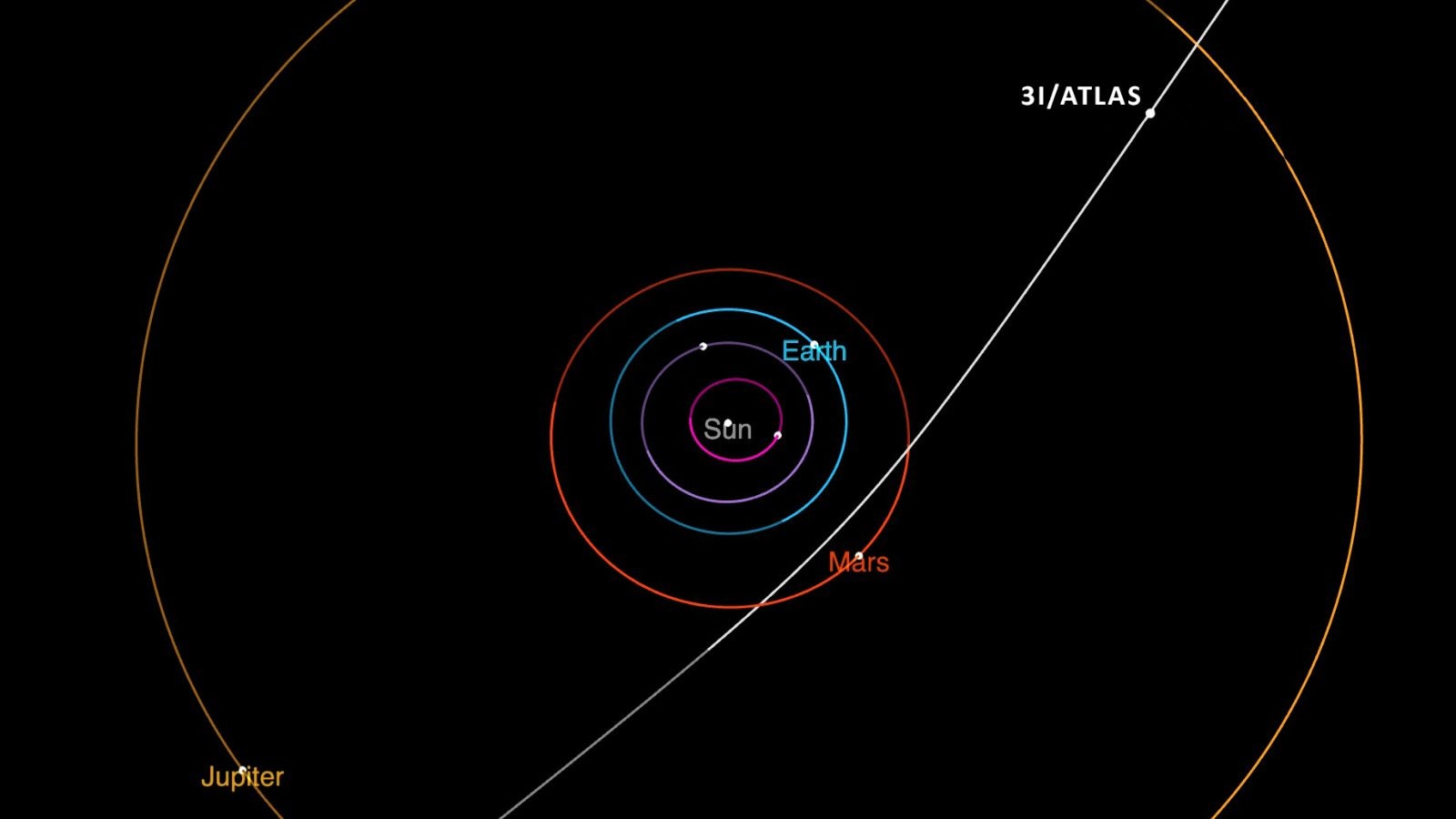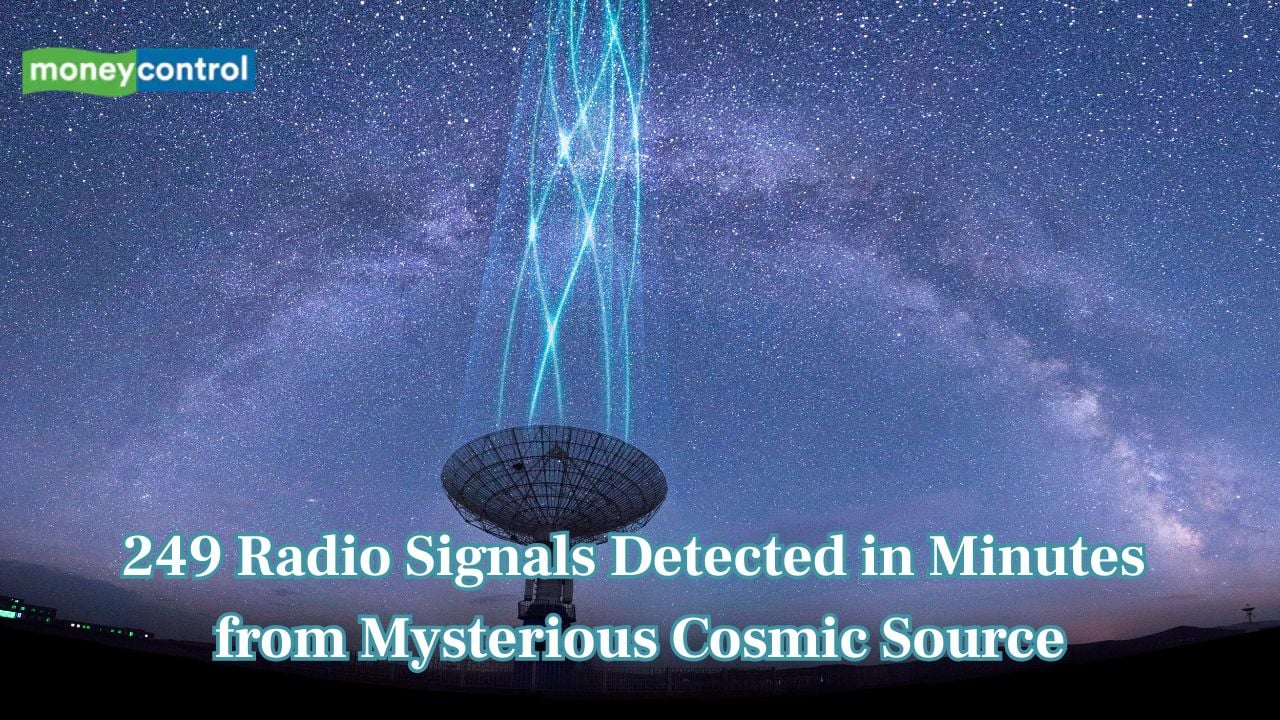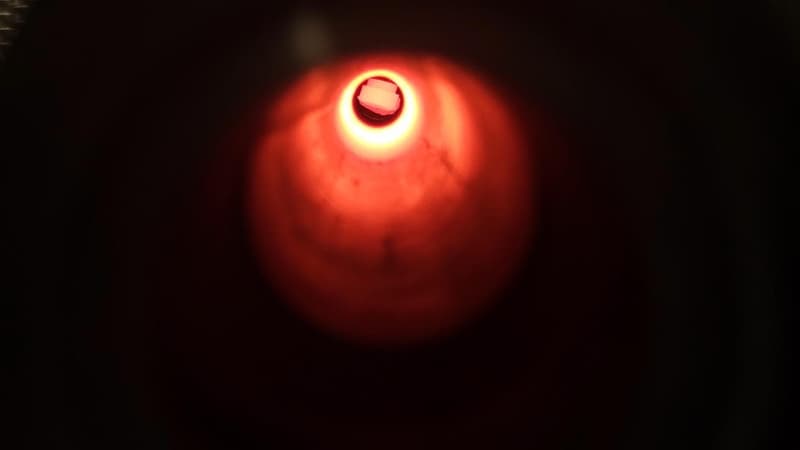Is an Alien Craft Really Approaching Earth? Harvard Astrophysicist Claims It Might Be!

Imagine looking up at the night sky and realizing that a colossal object, potentially an alien spacecraft, is heading our way. That’s exactly what Harvard astrophysicist Avi Loeb is suggesting about a newly discovered object named 3I/Atlas, which he believes could be more than just a natural celestial body. This theory has sent shockwaves through the scientific community and ignited the imaginations of stargazers everywhere.
Discovered in July 2025 by the ATLAS survey telescope, 3I/Atlas is not just any comet; it’s the third interstellar visitor confirmed to pass through our solar system, following the famous 1I/’Oumuamua and 2I/Borisov. But what sets this object apart is its immense size—bigger than Manhattan Island—and its unusual brightness, which suggests it reflects sunlight from a solid surface rather than emitting light like a typical comet.
Loeb has raised eyebrows with his assertion that the size of 3I/Atlas is a significant red flag. Compared to its predecessors, which were hundreds of times smaller, he questions how a third interstellar object could be 100 times larger without any intermediate-sized debris being observed in space. This raises the intriguing possibility that 3I/Atlas may not be a natural formation at all, especially since he points out that rocky material in interstellar space is exceedingly rare. In fact, he claims that such a massive object should occur only once every 10,000 years, making its existence seem highly improbable.
NASA, on the other hand, maintains that 3I/Atlas is merely a comet and assures us it poses no threat, as it will be over 150 million miles away from Earth at its closest approach on October 29, 2025. However, Loeb adds a twist by noting that, intriguingly, it appears the object is maneuvering to avoid us, making it nearly impossible for us to observe it during this critical time.
As 3I/Atlas nears the Sun, Loeb predicts it should erupt and create a spectacular cometary tail due to the release of gas. Yet, a puzzling detail remains: scientists have not found any sign of a cometary tail so far. The Hubble Space Telescope captured a high-resolution image of the object, revealing a glow ahead of it, but nothing trailing behind—a fact that only fuels the fire of speculation about its true nature.




























